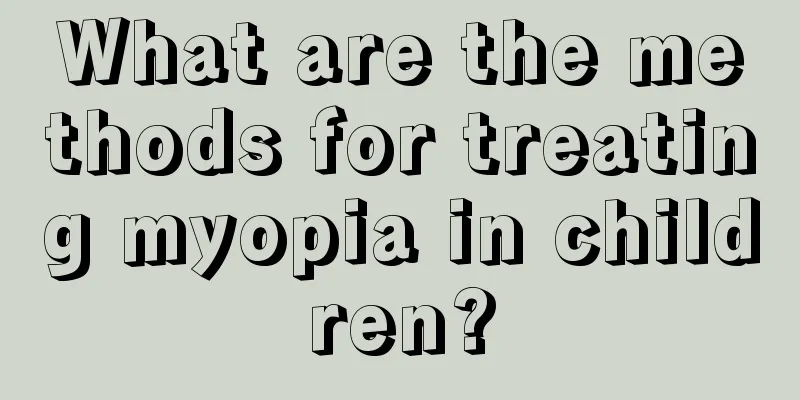What is neonatal favism?

|
Neonatal favism is caused by the lack of an enzyme in the child's body. Its symptoms are very similar to those caused by eating fresh broad beans. Acute intravascular hemolysis will occur. If it is not handled properly or treated well, it often leads to worsening of the disease, posing a great threat to the child's life safety. Therefore, when this disease occurs, it should be diagnosed and treated in time. Let us learn about this aspect. What is neonatal favism? Favism is a genetic disease that is key to prevention. It is caused by a deficiency of an enzyme in the body (glucose-6-phosphate dehydrogenase, or G6PD). The provinces and cities south of the Yangtze River are high-incidence areas, such as Hainan, Guangdong, Yunnan, Guizhou and other places. This disease often occurs in early summer when broad beans are on the market. The incidence rate in young children is significantly higher than that in adults, and in male babies far more than in female babies. Causes of favism Patients who eat fresh broad beans or broad bean products, or directly touch their pollen, may develop hemolytic anemia suddenly, usually within 12-24 hours. However, not every contact will result in illness. It is also possible that physical discomfort will not appear until hours or days later. This disease is caused by a genetic defect of G6PD, which is inherited through the X chromosome recessive inheritance, and some people define it as incomplete dominant inheritance. Since women have two X chromosomes, they will be carriers and will not develop the disease unless both of them carry the pathological gene. Once a male carries a disease-causing gene on his X chromosome, he will become ill. There is currently no cure for this disease, so prevention is the key. Symptoms of favism The severity of the disease varies, and is generally manifested by pale face, dizziness, low fever, chills, general weakness, loss of appetite, nausea, dark urine, accompanied by vomiting, abdominal pain, diarrhea and other symptoms. Severe cases may even result in coma, shock, weak pulse, renal failure and other abnormal manifestations. The disease attacks violently, and sometimes the patient recovers on his own after 2-6 days. However, in severe cases, the patient may be life-threatening if not treated in time. How to prevent and treat favism 1. Pregnant women and newborns with this disease can take small doses of phenobarbital strictly according to the doctor's instructions to prevent neonatal kernicterus. 2. If your baby has a medical history, you should pay attention to daily care and do not give your child the opportunity to eat or come into contact with broad beans. When seeking medical treatment, you must clearly tell the doctor that your child is a favism patient and ask the doctor to use medication appropriately. 3. Blood transfusion is the most effective way to treat this disease. In addition, you need to drink more water and regulate the electrolyte balance in the body to prevent renal failure or potassium poisoning. |
<<: There is red blood clot in the newborn's eyes
>>: Air conditioning temperature for newborns in summer
Recommend
What are the symptoms of herpes in children
If herpes appears on a child's body, you need...
What to do if your child has a runny nose after catching a cold
Children's bodies are in a period of rapid gr...
What can a 10-year-old child eat to cure his cough quickly?
Parents are extremely anxious when their children...
Can I use a fan when my child has a high fever?
A high fever in children is a common symptom. In ...
Scarlet fever early symptoms
The course of scarlet fever is relatively complic...
What are the extreme sports for children?
With the improvement of people's living stand...
If the baby is allergic to cow's milk, will he be allergic to goat's milk?
In daily life, some mothers often ask this questi...
What are the recipes for six and a half month old babies?
Babies who are six and a half months old can star...
Eight month old baby
Watching the baby grow up day by day is the happi...
Why does my baby love to kick the quilt?
First of all, it is very common for babies to kic...
Precautions for children in emergency department
This symptom of early childhood emergency is rela...
Why does my baby have a cold, cough and diarrhea?
Many parents will have questions about what is go...
At what age should children start brushing their teeth?
Let us tell you at what age children should start...
Delayed closure of the anterior fontanelle in children is common in the following situations
We all know that when a child learns to speak, th...
How to deal with baby spitting up milk from nose and mouth
Most parents will encounter spitting up every tim...









